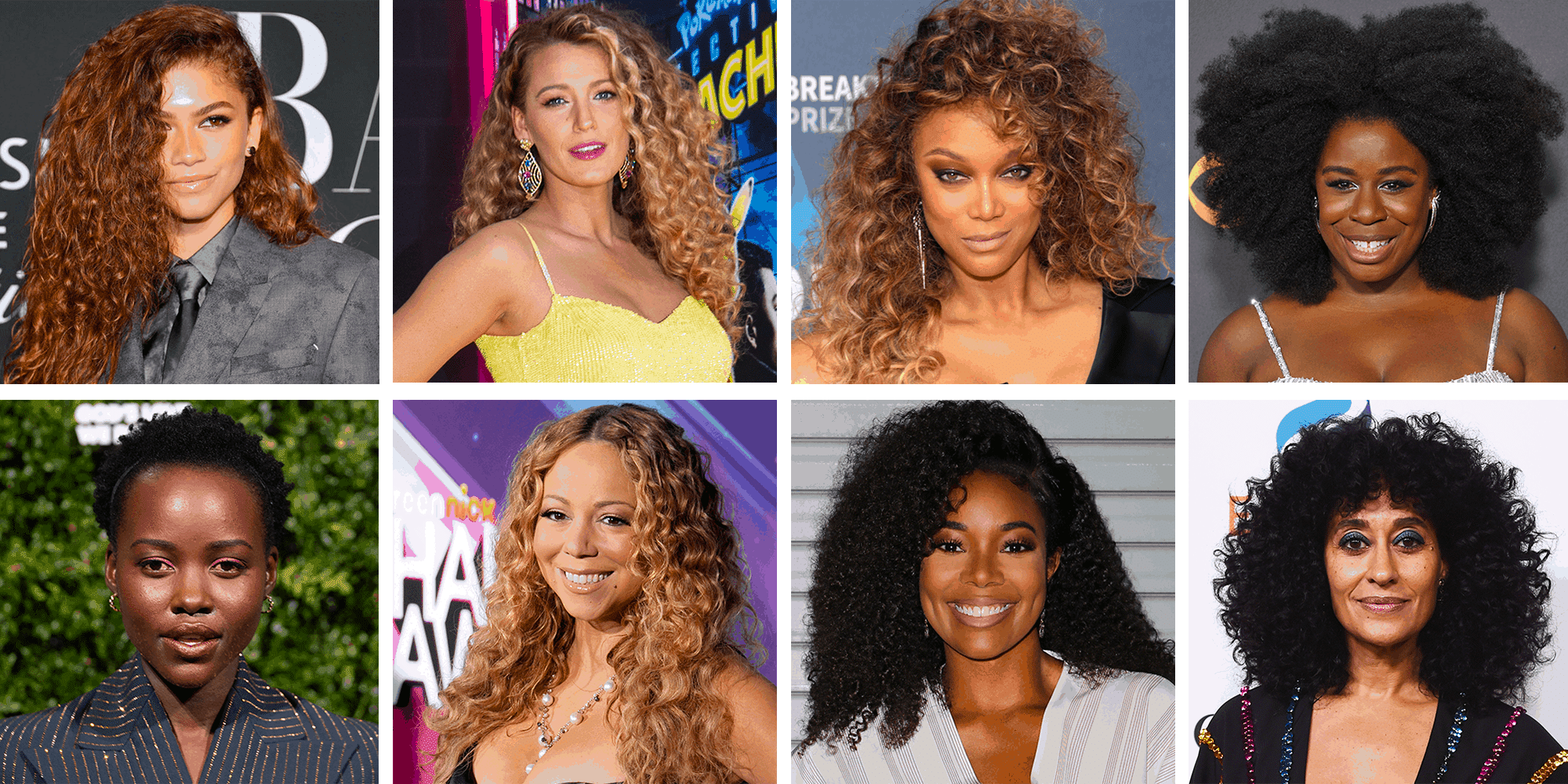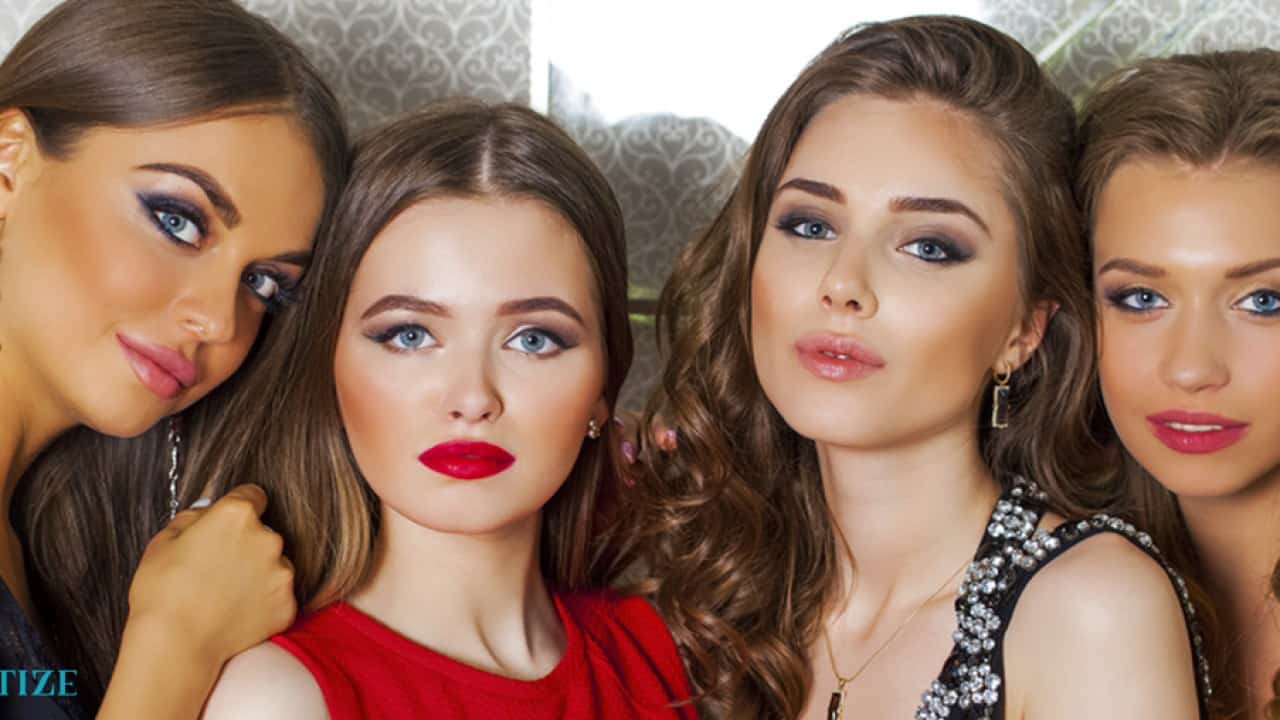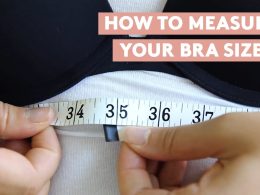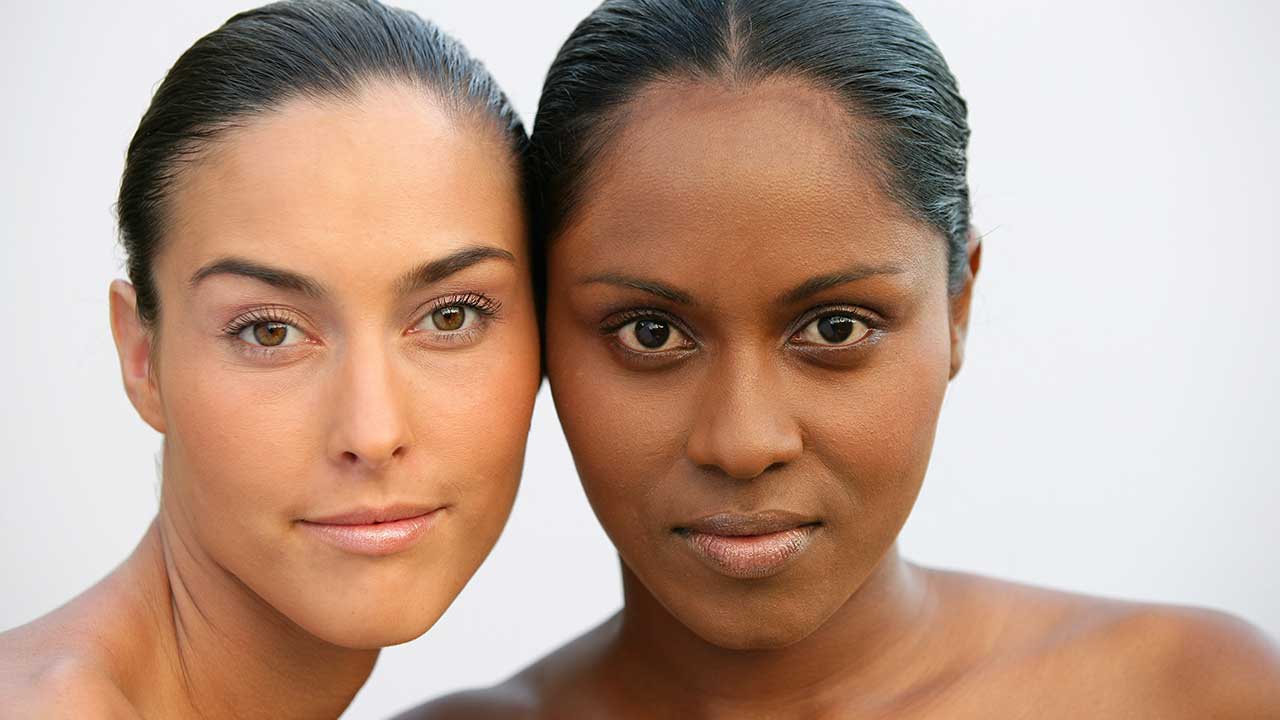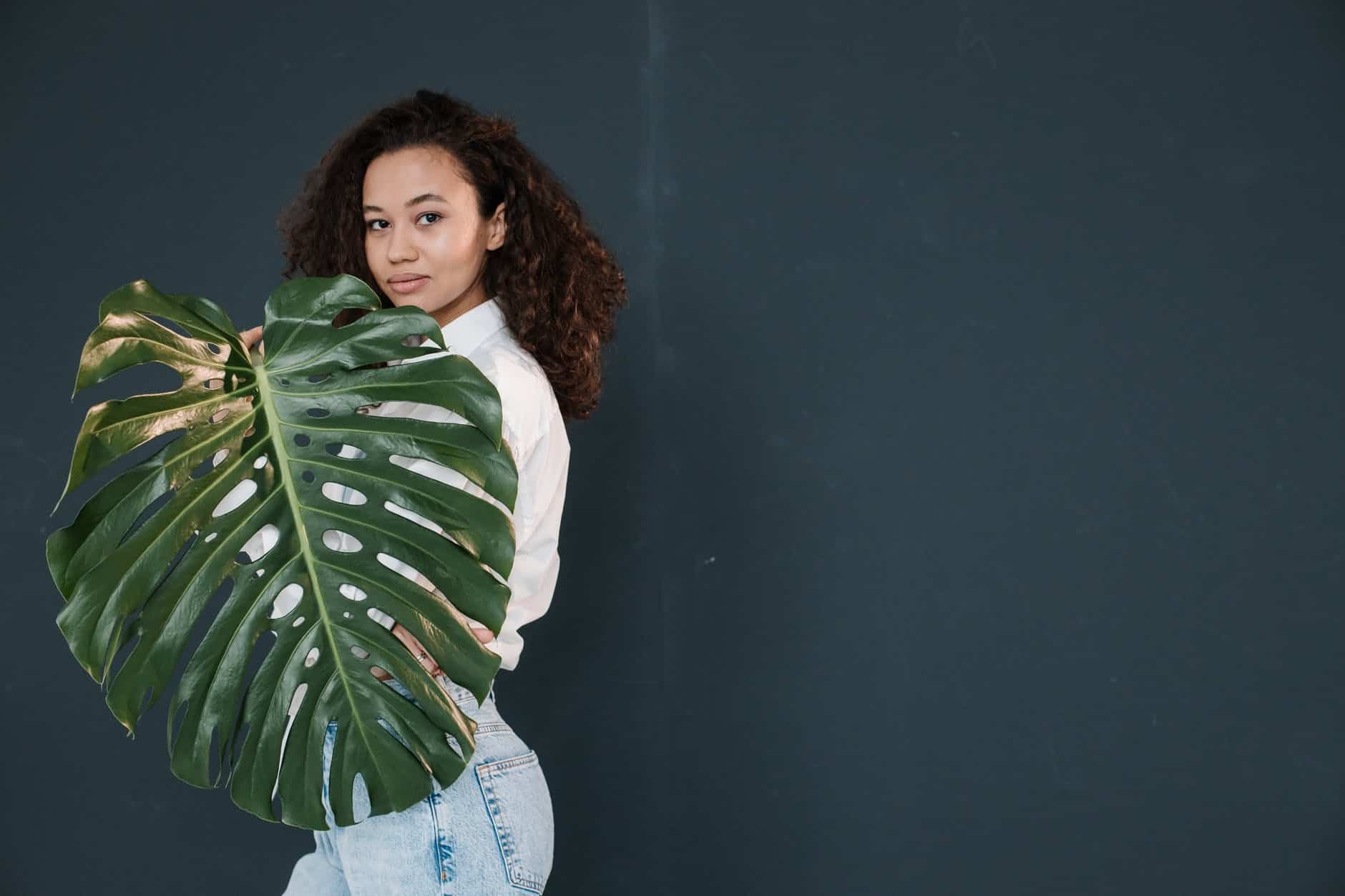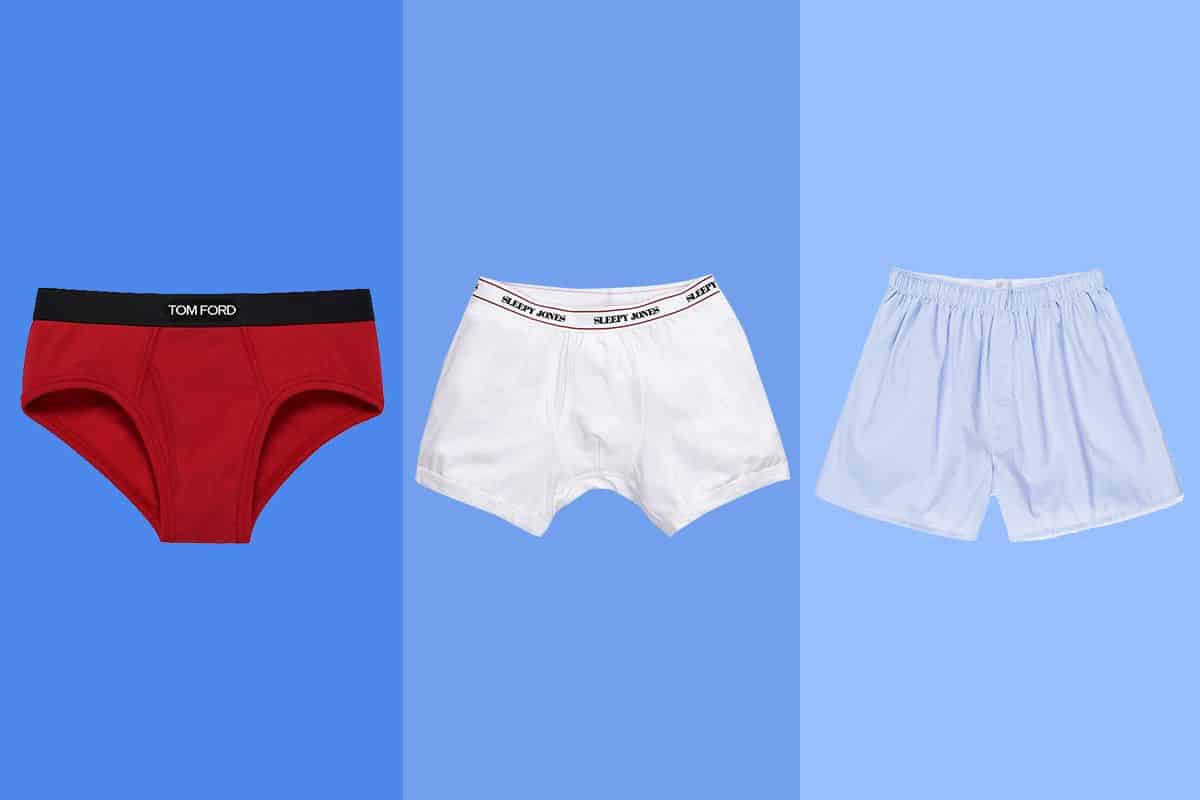At any time in their lives, about one-third of women experience baldness or hair loss (alopecia). Among postmenopausal women, as many as two-thirds experience hair thinning or bald spots.
However, hair loss in women has a greater effect than men’s hair loss, since it is less socially acceptable to them.
Is your path widening? Did you notice that your ponytail is becoming thinner in recent months? You may have something called Female Pattern Hair Loss (FPHL), a disease affecting millions of women globally.
Your style of hair is part of your genetic makeup, much like other aspects of your hair (such as colour). Although everyone’s hair is different, your thick brown, curly hair could be what reminds you of your roots.
We will address the most popular women’s hair types and the causes that may alter your hairstyle during your lifetime.
Types of Hair
In this write-up, we will explore 14 of the most common hair types amongst women in the world. You will most likely find your type of hair in one of the following categories:
1. Straight Hair
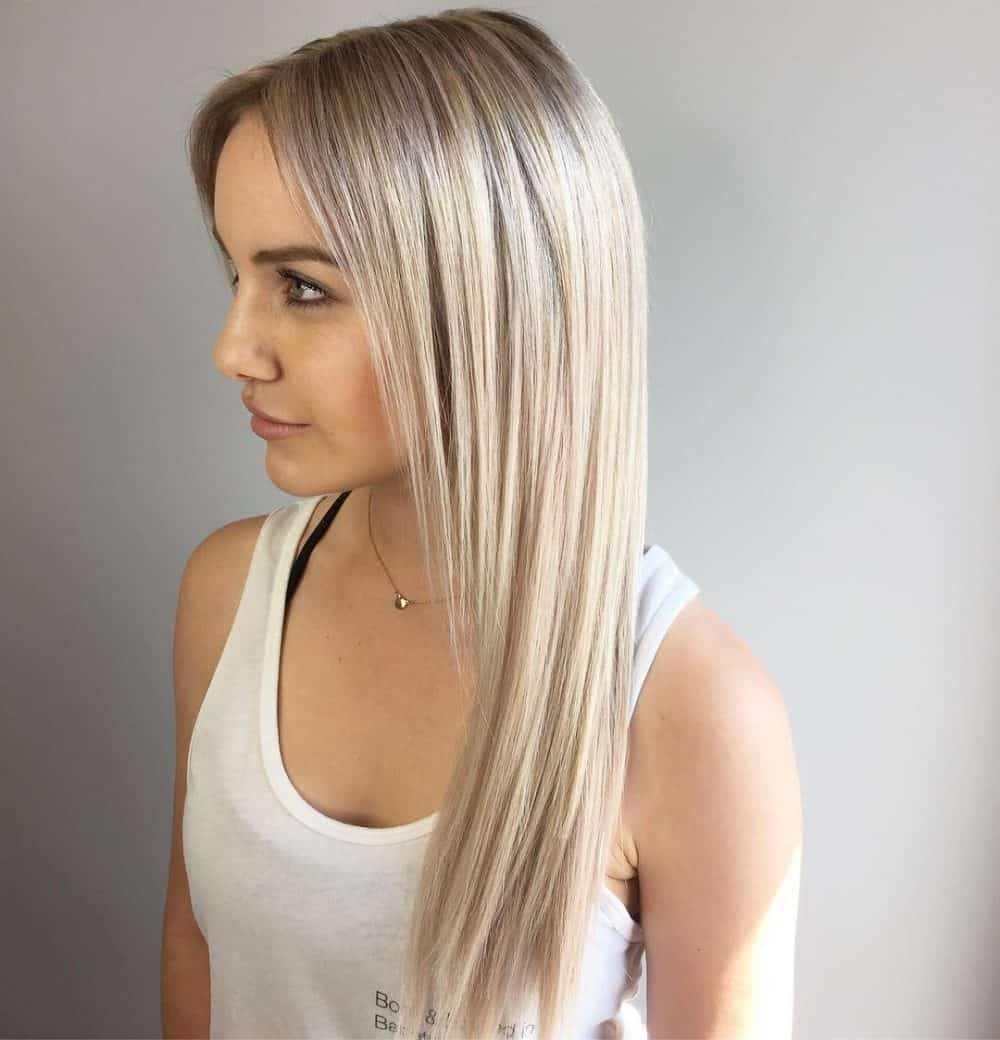
You’ve got straight hair if your hair doesn’t have a curl or wave on the strand. Women who have straight hair are more likely to possess more “oily” hair because natural oils can easily cover the whole straight strand of hair.
Straight hair is beautiful, like all other hairstyles, but many straight-haired women want curves and waves, and curling iron or perm is the only way to make this happen. While straight hair is relatively easy to look after, it can lack volume and be difficult to style.
You may feel straight hair is straight hair, but there are three forms of straight hair. These three forms of straight hair are quite different.
1A type
The straight hair of type 1A is fine. It’s shiny, fluffy, and wispy. It looks “perfect” and also feels smooth to the touch. However, this hair type lacks volume. You should adopt all of the beauty tips for thin hair if you have this kind of straight hair (such as a layered cut and colour.)
1B type
It’s a little thicker than fine hair if you have type 1B straight hair. It has more volume as well and is simpler to treat. For many of the elegant and stylish looks, women with type 1B hair can easily switch styles (like an updo or a slicked-back look). The hair is not too dense to make it impossible to handle and not too thin for you to see a lot of scalps.
1C type
The thickest and coarsest of all straight hair is type 1C. It can be hard to handle, and curls are the hardest to set up. Long layered cuts can make it most comfortable to style this type of hair. Short cuts work well but need quite a bit of maintenance (and feel lighter, too).
2. Wavy Hair
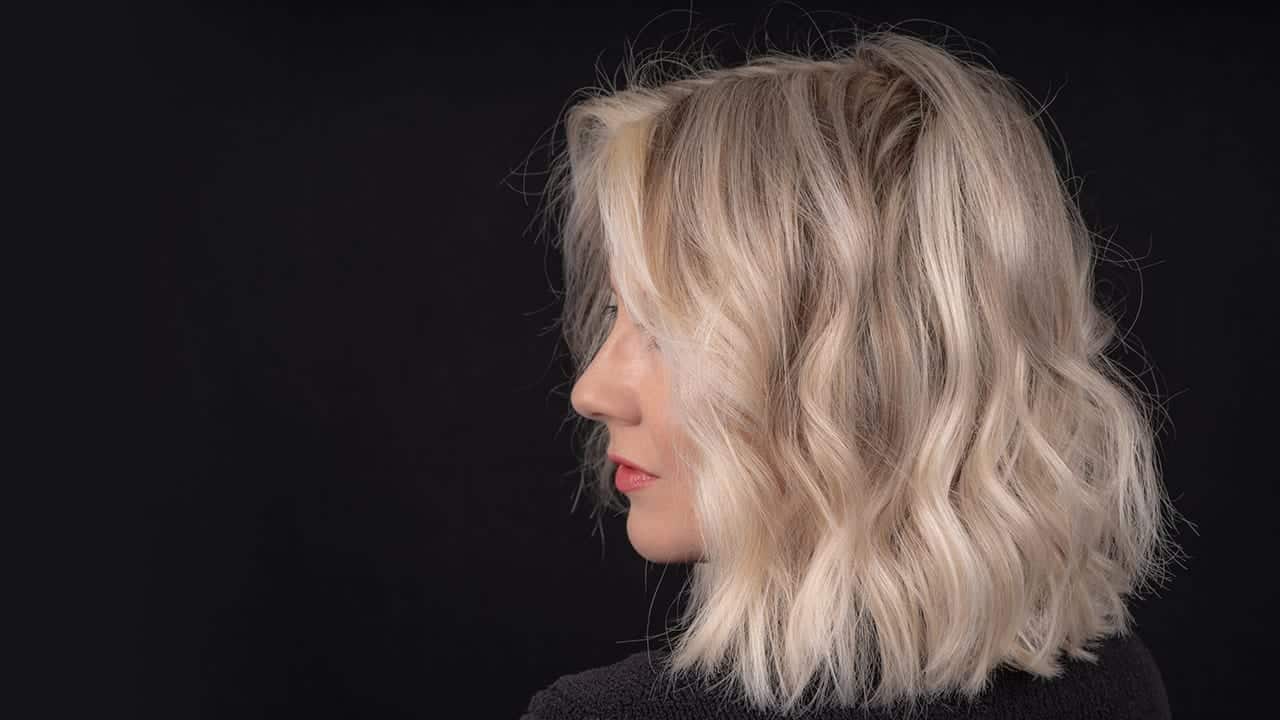
Your strands are nicely twisted if you have naturally wavy hair, but they form more of an ‘S’ shape than a coil. While many women with wavy hair may struggle to compete in a straight and curly hair environment, it is good to note that wavy hair is excellent.
It is usually not too oily and not too dry. There are various wavy hairstyles, much like straight hair.
2A type
If you have type 2a wavy hair, you have a natural “beachy hair” look that many women with straight hair strive to get with a curling iron and lots of hair products. There is a slight bend to the hair shaft of type 2a, and it doesn’t get as frizzy as other hairstyles. Since this style of hair is usually shorter, the most manageable hair type is a shoulder-length cut.
2B type
The Type 2b hair waves are a little tighter and more defined than Type 2a. Waves of type 2b are prone to frizz, but the correct hair product will help to make this type of hair a little more manageable.
2C type
It can look like you have curly hair if you have type 2c wavy hair because you might have loose spiral curls. While on a “good hair day” your waves will probably get a lot of compliments, frizz can be your biggest enemy.
3. Curly Hair
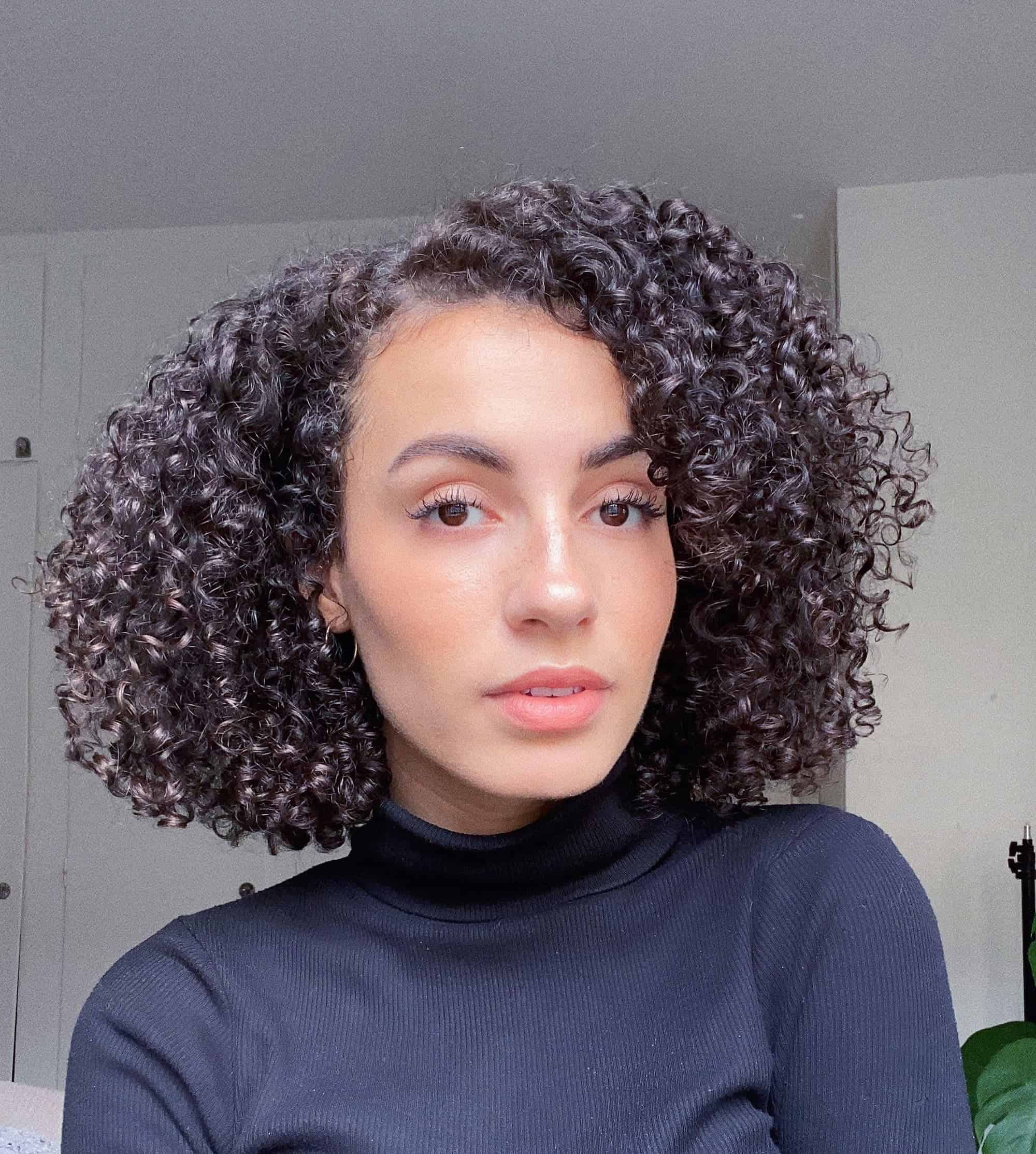
“There are more “real” curls in curly hair than in wavy hair. They may have loose ringlets or tight spirals for women with curly hair. There are various forms of curly hair, like other hair textures, that are dependent on thickness and curl size.
While curly hair can be challenging to handle at times since your hair is drier than straight hair, you don’t need (or should) to wash your hair every day. Although you can enjoy many styles and cuts when you have curly hair, be sure to visit a hairstylist who has a lot of curly hair cutting experience.
3a type
The curly hair of type 3a is the finest and has the highest and loosest curls. It is the simplest to handle due to the size of the curls, even though it is prone to frizz (like all curly hair).
3b type
You have the springy ringlets that other women envy when you have type 3b curly hair. Not too dense or too delicate are your curls. You can preserve your image of perfect curls with a proper moisturizing product.
3c type
Style 3c curls are a combination of close and bouncy corkscrew curls. You’ll probably find that your curls are coarse and not as smooth as you’d like if you have type 3c curls. It can help relax your curls a bit by using the right stuff.
4. Coily Hair
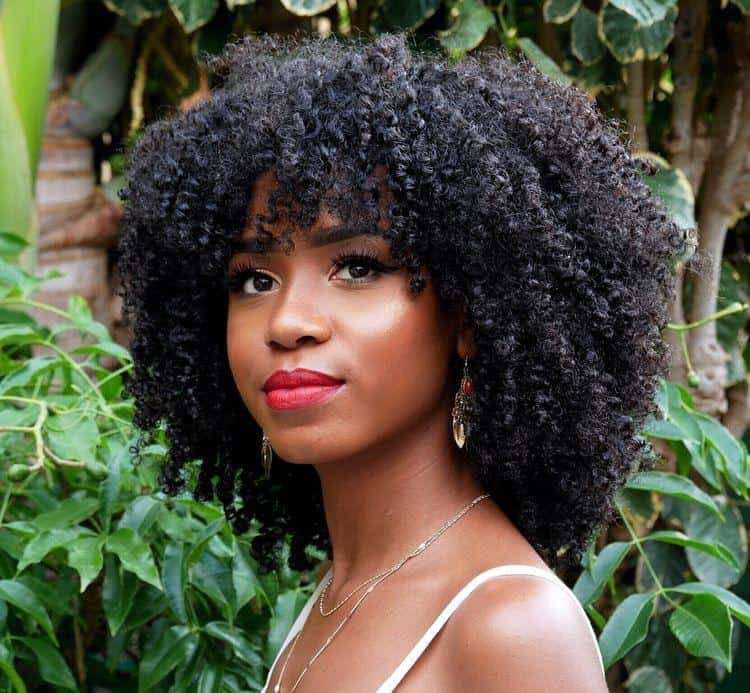
Coily (or kinky) hair is a type of curly hair, and there may be a combination of “Z” and “S” shaped curls for women with coily hair. Women with curly hair often prefer to wear their hair short or have doubts, but there are a number of styles that look fantastic to make coily hair more manageable. Like other hair textures, there are three kinds of coily hair.
4a type
The coily hair of type 4a has a fine texture and can sometimes look “wiry.” Due to the tightly coiled s-curls, this type of coily hair appears dense. Although it might be reluctant for some women with Type 4a curls to let their curls be as is, put away the hair straightener and let your curls do their natural thing.
4b type
Type 4b coils have a Z-shaped pattern of more than (rather than the S-shape). While this type of coily hair is soft to the touch, it is also more delicate, and thickness varies.
4c type
Type 4c coily hair is somewhat similar to 4b hair, but the entire head of hair tends to have a form, and there are more z-shaped curls (think of an afro). Often, it’s best to accept the natural form of the curls with coily hair instead of attempting to tame or control them.
5. Thick Hair

Most people believe that they have thick hair if they have a lot of hair. Although this may be valid, for every woman, it is not the same. You still don’t know whether you have thick or thin hair?
Taking one strand of hair and placing it between your thumb and forefinger is a convenient way to find out (other than telling your stylist). If you feel the strand, you have thick hair.
Another easy way to decide if your hair is dense is to take a portion of your hair (as if you were preparing to put up a ponytail). You’ve got thick hair if your scalp is barely noticeable.
There can also be smooth, wavy, or curly hair for women who have thick hair. When it comes to styles of hair, there are no “rules”, and you will find that every woman has a different thickness/texture combination.
Although dense hair is often the envy of women everywhere, it can be challenging to handle and feel very thick. Having a layered haircut or getting a bob will highlight all the best thick hair attributes, but make your heavy head of hair more manageable.
6. Thin Hair
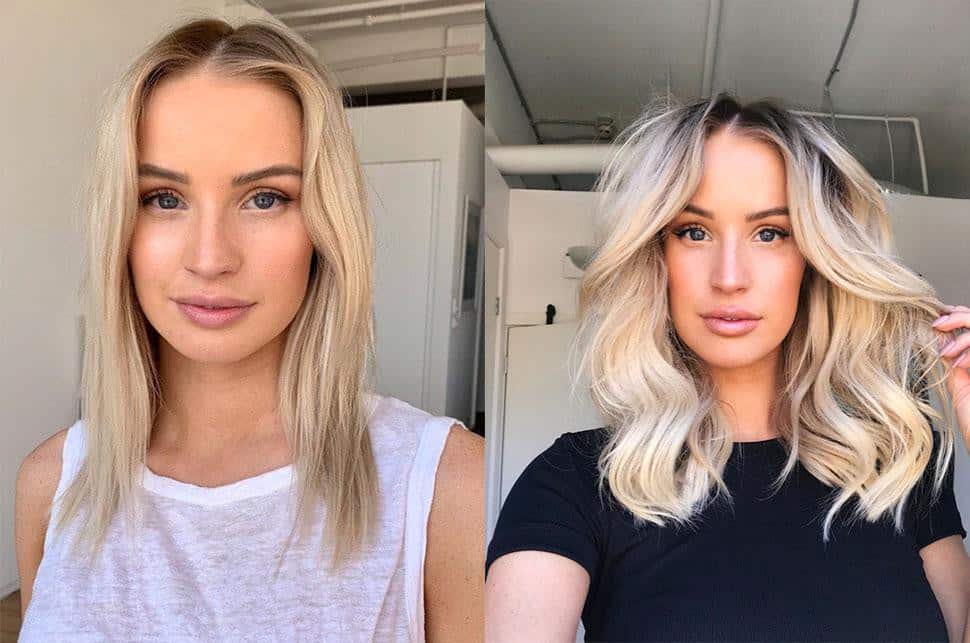
If you want to decide whether or not you have thin hair (sometimes referred to as “fine” hair), all the “tests” we listed earlier can be tried. If your findings are the opposite of someone with thick hair, you might have thin hair.
Thin hair doesn’t actually mean you’re going to fall out or you’re going to go totally bald, it just always looks like you have a lot less hair on your head (even if you have a lot). If you want thicker hair, you’ve already seen hundreds of hair-thickening products and formulas; use caution with any products that claim to thicken your hair.
While your thin hair stems from genetics, if you live a healthy lifestyle and eat a well-balanced diet, you can also find some progress in thickening your hair. Vitamins, too, may help. Go ahead and check them out if you’re willing to try a few natural home remedies for thickening your hair, just note that there’s no guarantee.
A few reasons why your hair type may change
Did you have thick, shiny hair as a child, but now it feels a little thinner and coarse? Changes in natural hair are common, especially as you grow older. Although hair changes can occur for a variety of reasons, we are going to address some of the more popular contributors.
Hormonal Changes
Did you ever note how fantastic the hair of a woman looks when she’s pregnant? A woman’s hair avoids shedding, due to the extra estrogen, and her hair is longer, smoother, and looks luxurious overall.
After the child is born and the levels of estrogen return to normal, new mothers will notice excessive hair falling. While this can be worrisome (and may sound like a lot), all the usual shedding cycles that were missed during pregnancy are made up for.
Hormonal changes can affect natural hair in women who are not pregnant. If you are worried about your hair, see your doctor.
Lifestyle and Diet
If your hair is now noticeably coarse and crumbly, your diet could be missing something vi. It could make your hair look and feel healthier if you eat more omega-3 fatty foods like salmon, kale and eggs. Taking a regular multivitamin, too, is always a good idea.
Over Processed or straightened hair
Have you been dying, indefinitely, or straightening your hair for years? While having a different hairstyle is always fun, your hair can change a lot because your hair is over-processed. Before processing, your hair may never return to how it was, but you can give it a break and a bit of TLC to help it bounce back to life a bit.
Ageing
There’s a fair chance you’ll see more grey or white hair on your head as you age. Grey hair is coarse and a little drier than you would be used to with your type of hair. Although you can’t do anything to stop greys, you can use products that make your hair form a bit smoother and manageable.
Additional Causes of hair changes
Chemotherapy treatments or certain forms of medicine can have other causes of changes in the form of hair of a woman. A hair type may likely not return to its original type after completion of drugs or procedures. If any woman has any questions about their hair, they should speak with their doctor.
Treating Hair Loss
It’s essential to see a dermatologist for a diagnosis if you think you have FPHL. Girls, for several reasons, experience hair loss. Other common causes of hair loss can look a lot like FPHL in females. Each of these causes needs care that is different.
Hair loss also continues without the right care. In your city, you can find a dermatologist In major clinics
Key Points for diagnosis and FPHL treatment
- To confirm that you have FPHL and to rule out any disease that could cause your hair loss, see a dermatologist.
- The treatment works best if you begin at the first sign of hair loss.
- The most recommended medication for FPHL is Minoxidil.
- It remains to be seen if new hair loss therapies, such as lasers for at-home use, are safe for long-term use and can continue to promote new hair growth.
Your hair is as unique as you are, so love it
Your hairstyle makes you as special as your body’s other features. Though you may wish you could change certain things about your hairstyle, there are some wonderful things you can accept and enjoy.
There are many natural and gentle hair items today that will help you make the most of the kind of hair you were born with and boldly wear it.



